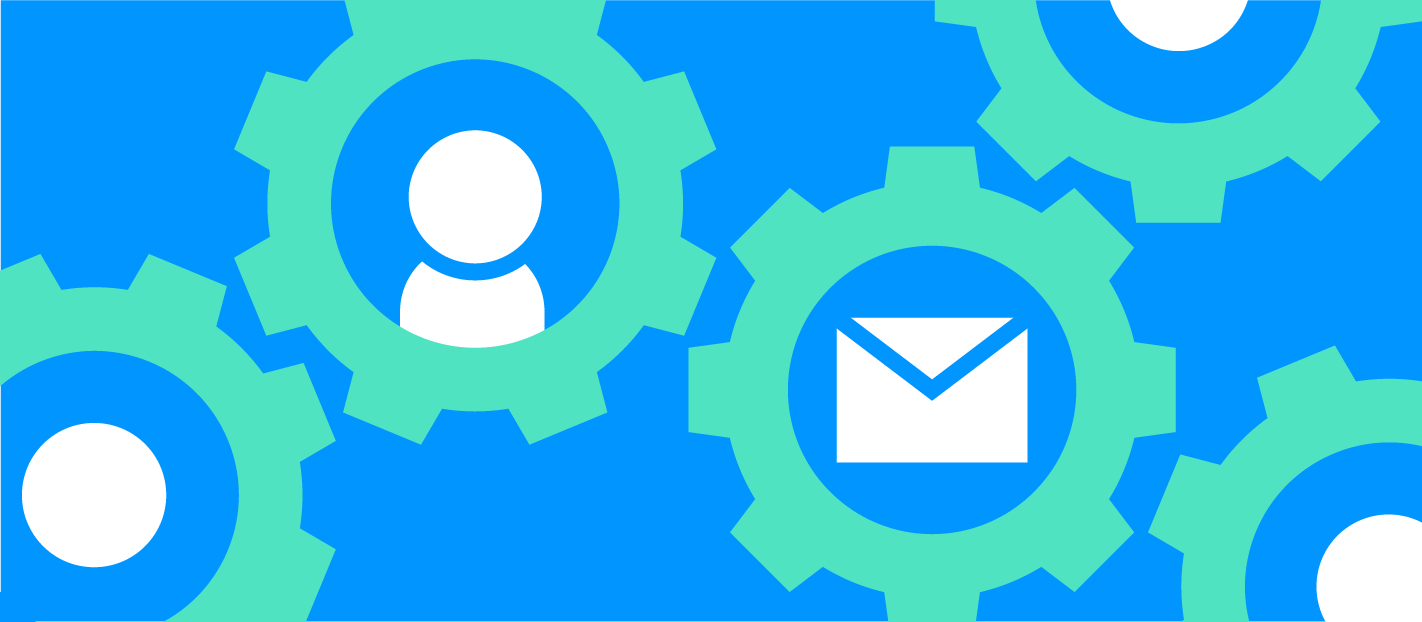Behavioural Analytics is the process of tracking user actions to make your products better and gain more customers.
The foundation of behavioural analytics is any ‘events’ which users trigger at any stage in their journey within your product. This could be clicking a specific navbar button, committing an export, switching a tab, or upgrading to a higher plan.
A user can either be a known profile (eg. a logged-in client) or an unknown profile (eg. an anonymous website visitor).
Using Behavioural Analytics to make product decisions

Tracking the events your users trigger in your product is only one part of the puzzle. The important next step is a careful analysis of that raw data.
Understanding how your users behave within your App or SaaS product is crucial to building an enjoyable user experience. An experience which brings the most amount of value to the client, with the least amount of friction.
By tracking user behaviour across your platform, you can better understand areas where clients are getting stuck and where customers see the most value.
A better understanding of user behaviour enables you to make the correct decisions for future product iterations. This, in turn, will boost user engagement and contribute to lower churn and higher MRR.
In other words, proper leverage of behavioural analytics can lead to significant financial benefits for your company. Research by McKinsey showed that organisations that successfully analyse and act on customer data outperform their competitors by 85% in sales growth.
Behavioural analytics give SaaS founders a 360° overview of their users’ journeys. Armed with this knowledge, they can iterate their product, knowing exactly which areas customers enjoy and where they are getting stuck.
Using Behavioural Analytics to predict the future

An additional benefit to dedicated user behaviour analytics is the ability to predict how users will behave in the future.
For example, by understanding how users have responded to previous changes to an App, the App’s Product Team can foresee how users are likely to respond to similar changes later down the line.
Alternatively, a Product Team could release a feature to a small selection of their user base and track the user events. The feature release may cause an uptick in desirable events or reveal an unexpected obstacle in the user journey. The Product Team can use this data to make an informed decision whether or not to roll the feature out to the rest of the user base or if they need to make some changes first.
Examples of Behavioural Analytics events
- Viewing a specific page
- Signing up to an email subscription
- Activating a key feature
- Deactivating a project
- Starting a paid subscription
- Leaving a checkout page
- Dismissing a prompt or survey
What you can do with Behavioural Analytics

Behavioural analytics offers an informed and detailed overview of how your users engage with your SaaS app or product. You can use this information to test audience responses to new feature releases. You can also use the data to pinpoint weak points in your customer journey.
For example, if you find many users are prematurely leaving the page when prompted to start a subscription, you can analyse the preceding events and isolate any moments of friction. These friction points will help you figure out what to add or remove to convince them to sign-up.
Or, for a more positive angle, you can define who your ideal customer profile is by identifying the common behaviours of your most successful users. Then, you can use this data to create high-converting Marketing campaigns, which target this segment of users specifically.
Build with more confidence.
With behavioural analytics, you can inform and define your future product road map, guided by the data to make the correct iterations to your product. This ensures that you provide a service grounded in customer insights and analysis rather than gut instincts. By harnessing behavioural analytics data, you’ll know you are building a product that your users need and will engage with successfully — no more guessing.


